Met all kinds of issues while using Windows 10. Resolved them usually by googling online. List some of typical ones here:
Enable Ping Through Windows Firewall
- Search for
Windows Firewall, and click to open it. - Click on the left.
- From the left pane of the resulting window, click .
- In the right pane, find the rules titled .
- Right-click each rule and choose .
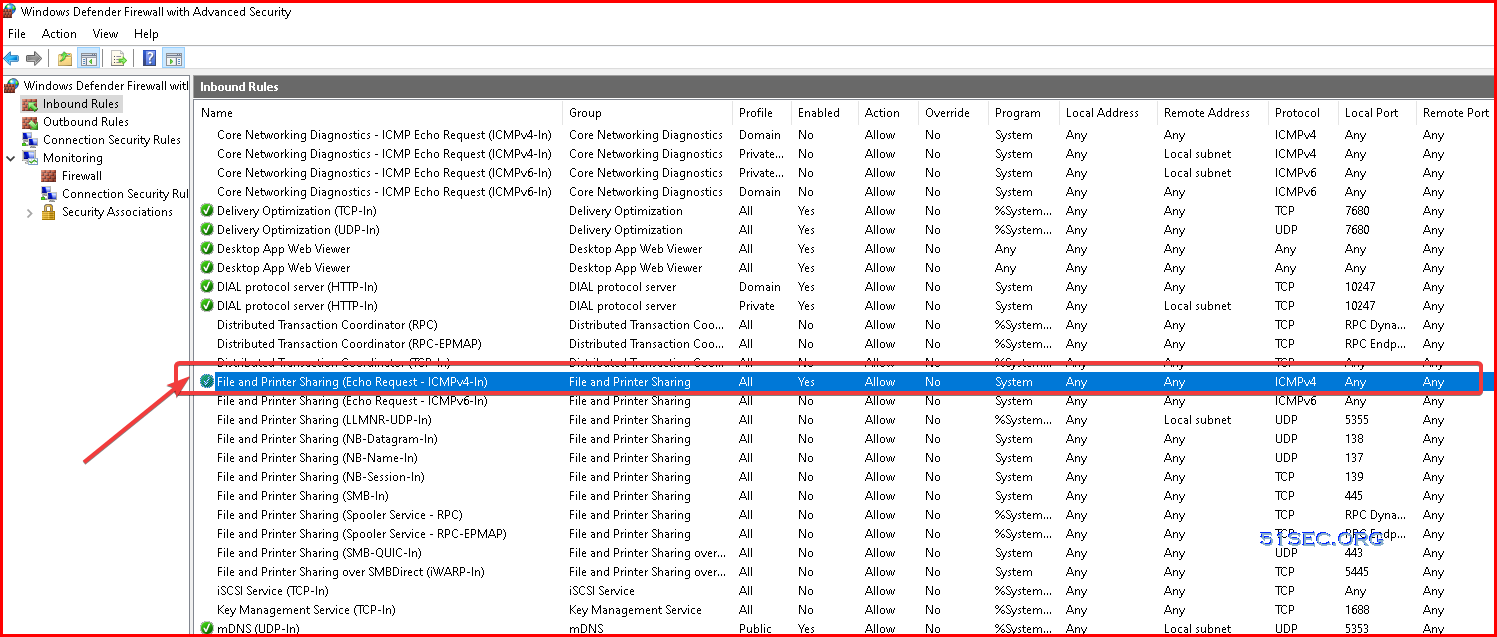
Check Applied Group Policy
Method 1: View Applied Group Policies Using the Resultant Set of Policy tool
- Press the Windows key + R to open the Run box. Type rsop.msc and press Enter.
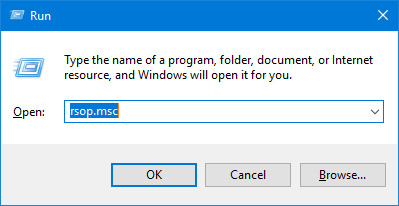
- The Resultant Set of Policy tool will start scanning your system for applied group policies.
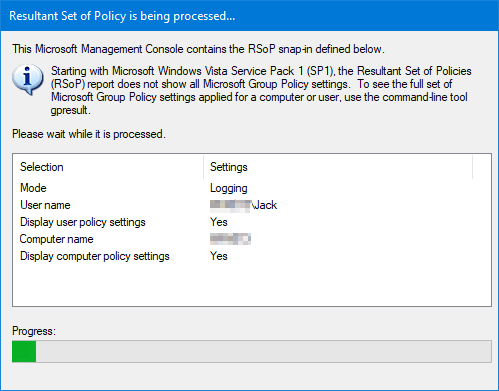
- After scanning, the tool will show you a management console that lists out all group policies applied to your currently logged-on account.
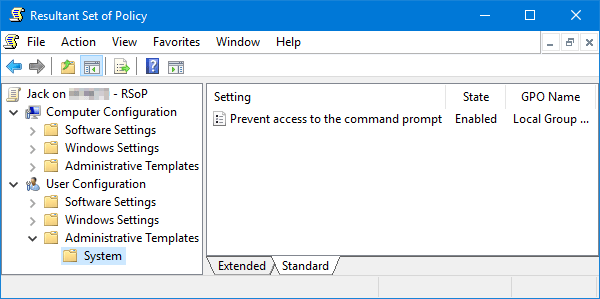
Note: The Resultant Set of Policy tool allows you to see what policies are in effect, and you’re unable to change any policy settings from there.
Method 2: View Applied Group Policies Using Command Prompt or PowerShell
- Press the WIN + X key combination to open the WinX menu, and then choose “Command Prompt (Admin)” or “Windows PowerShell (Admin)“.
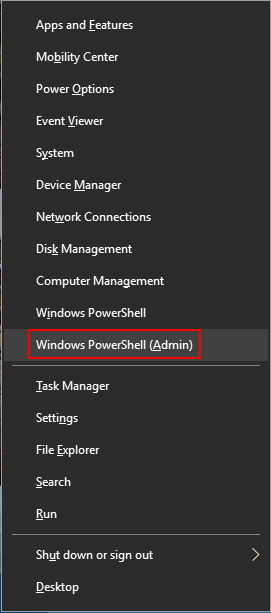
- To view all the policies applied to a specific account on your computer, run the following command and press Enter.
gpresult /user your_account_name /h c:\gpo.html /f
- It will generate a report of the applied group policy settings and saves it in HTML format as a file named gpo.html. Open the HTML file using your web browser and you can view applied policies under both Computer Configuration (Computer Details) and User Configuration (User Details).
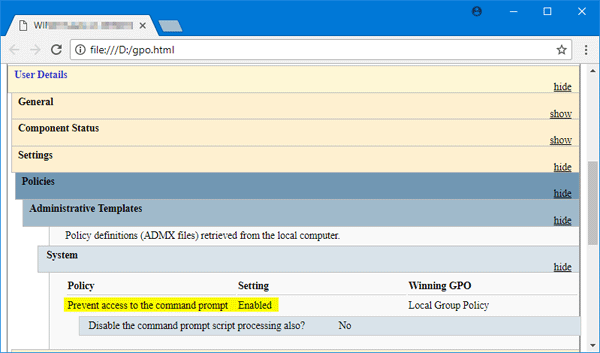
High CPU Usage
This case is caused by Windows Software Protect Service (Sppsvc.exe)
- Click Win key + R, type regedit, and press Enter.
- Navigate to the HKLM\\SYSTEM\\CurrentControlSet\\Services\\sppsvc using the left pane.
- Modify the Start value from any number to 4
.
Office can't find your license
Microsoft Office can't find your license for this application or Windows is not activated
Issue is relating to disabled Windows Software Protect Service (Sppsvc.exe).
If HKLM\\SYSTEM\\CurrentControlSet\\Services\\sppsvc value is 4 and sppsvc.exe Software Protection service is disabled. You will need to change HKLM\\SYSTEM\\CurrentControlSet\\Services\\sppsvc value to 2 or 3 to enable it to get your Microsoft software license activated automatically.
Windows 10 Defaultuser0 password Issue
Step One:Boot up your computer.
Step Two:When booted up hold down your "shift" key and click on the restart button on the bottom right of your screen.
Step Three:This will bring you into the Advanced Option menu. From there click on "Troubleshooting" and then "System image restore".
*What this will do is bring you to your system restore screen and prompt you with restore points*
Step Four:Select your most recent restore point and start the restore process.
*When prompt to select an account you will see administrator. Simply click is and DO NOT PUT IN A PASSWORD leave it blank*
*Will only be one restore point if a clean install of windows 10*
Step Five:When your computer finishes this (time will vary) simply restart when prompt and it will start loading up the Windows 10 Setup screen.
Step Six:
Create your Account.
What the restore did was bring your computer back to the point where windows 10 just finished installing but hasn't setup a profile yet. This will just bring you through the step by step instructions to create a user account you can actually use.
If you did not save a restore point, you had better to reset it to wipe every personal stuff. Click “Troubleshoot”, then “Reset This PC”, and finally “Remove Everything”. You’ll drop to a black screen with the word “Preparing” in the large, friendly letters characteristic of Windows 10. Eventually, you will return to a blue screen asking if you want to clean the drives as well. Click “Just remove my files” and then the “Reset” button on the next page. The screen will go black again and display the Windows 10 progress indicator while it chugs through the reset process.
Can't open gpedit.msc
Tried to use gpedit.msc and got following messages:
Failed to open the Group Policy Object on this computer. You might not have the appropriate rights — unspecified error.
Solution:
Rename machine folder name to something else at C:\Windows\System32\GroupPolicy,
You also can choose to delete all the files inside the Machine folder instead of renaming it. Windows will automatically recreate the required files when you relaunch the policy editor.
Account restrictions are preventing this user from signing in
Account restrictions are preventing this user from signing in. For example: blank passwords aren't allowed, sign in times are limited, or a policy restriction has been enforced.
I am sure there is no blank password and limited sign in time. It must be restricted by group policy.
- Run gpedit.msc. Once the Windows Local Group Policy Editor opens up, navigate to the following directory:
Computer Configuration > Administrative Templates > System > Credentials Delegation
- There, on the right-hand side, locate the ‘Restrict delegation of credentials to the remote servers’ policy.
- Double-click it to edit it. Set it to Disabled, click Apply and then hit OK.
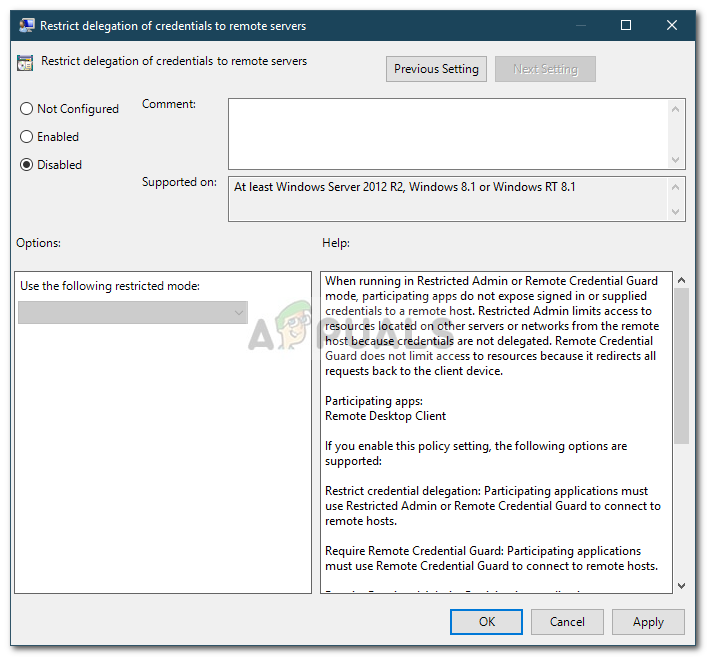
- Following two policies changes
- Computer Configuration > Windows Settings > Security Settings > Local Policies > Security Options
- Accounts: Administrator account status - Enabled
- Accounts: Limit local account use of blank passwords to console login only - Disabled
Disable Windows Updates
Option 1
Related Post:
- https://itprosec.com/index.php/2022/10/27/use-windows-update-blocker-to-easily-disable-windows-update/
Option 2:
Features
- Stops Windows updates.
- Stops forced upgrades.
- Stops annoying upgrade notifications.
- Restore updates with one-click.
- Pauses updates.
- Disables Windows 7-8 'End of support' and 'End of Service' notifications.
Benefits:
- Easy to disable and re-enable Windows updates.
- StopUpdates10 does not delete files, does not change file rights or another destructive actions.
- StopUpdates10 is lightweight.
- StopUpdates10 is free of charge.
Enter Windows 10 Safe Mode
1 From Troubleshooting Mode
Troubleshoot > Advanced options > Startup Settings > Restart.
2 From Normal Windows Mode
- Press Win +R
- Type Msconfig , Enter
- Choose Boot Option
- Check Safe Boot with Minimal option
How to Delete EFI (System) Partition in Windows 11/10/8/7
For users who want to delete the EFI system, there are two methods available. One is to delete with the Windows built-in tool - Diskpart and the other is to apply a simple third-party tool - EaseUS Partition Master. To avoid unnecessary file loss, make sure you have backed up the ESP files in advance.
As a command-line utility, DiskPart is sort of complex for average users to apply. Please be very careful while following the below command lines to delete EFI partition:
Step 1. Open DiskPart on your PC.
- 1. Hit "Windows Key + R" to open the run dialogue box.
- 2. Enter diskpart and click "OK" to open a black command prompt window.
Step 2. Change EFI system partition ID and set it as a data partition.
Type the below command lines and hit Enter each time:
- "list disk" (It displays all the disks of your computer. )
- "sel disk 0" (It identifies which disk you need to work with. Here 0 stands for the disk letter.)
- "list partition" (It displays all partitions and EFI system partitions on the selected disk.)
- "sel partition 1" (Select the EFI partition that you want to delete. Here, 1 stands for the volume number of EFI.) (This step is not always needed)
- "SET ID=ebd0a0a2-b9e5-4433-87c0-68b6b72699c7"
By doing so, it will make the EFI system partition deletable. Continue with the following steps to remove this partition on your hard drive.
Step 3. Delete the EFI partition with the command line.
Type the below command lines and hit Enter each time:
- "list partition" (It displays all the volumes on the hard drive.)
- "sel partition 1" (It identifies which partition you want to remove. Here 1 stands for the volume letter.)
- "delete partition override" (It removes the EFI partition from Windows disk.)
Step 4. Complete EFI deleting process.
Finally, type "exit" to close the windows when you receive the message that says, 'DiskPart successfully deleted the selected partition'.

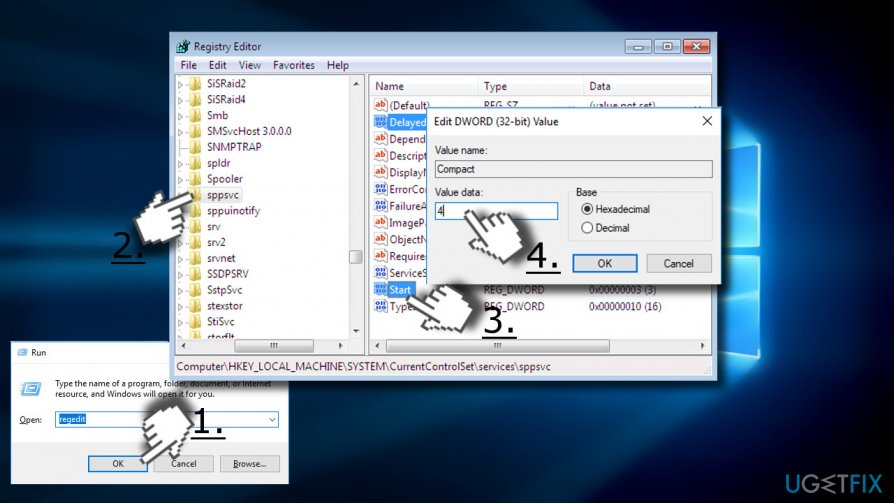
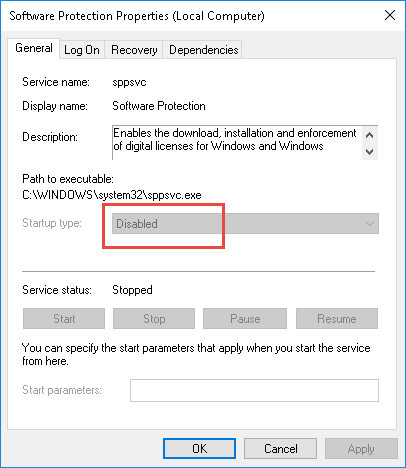
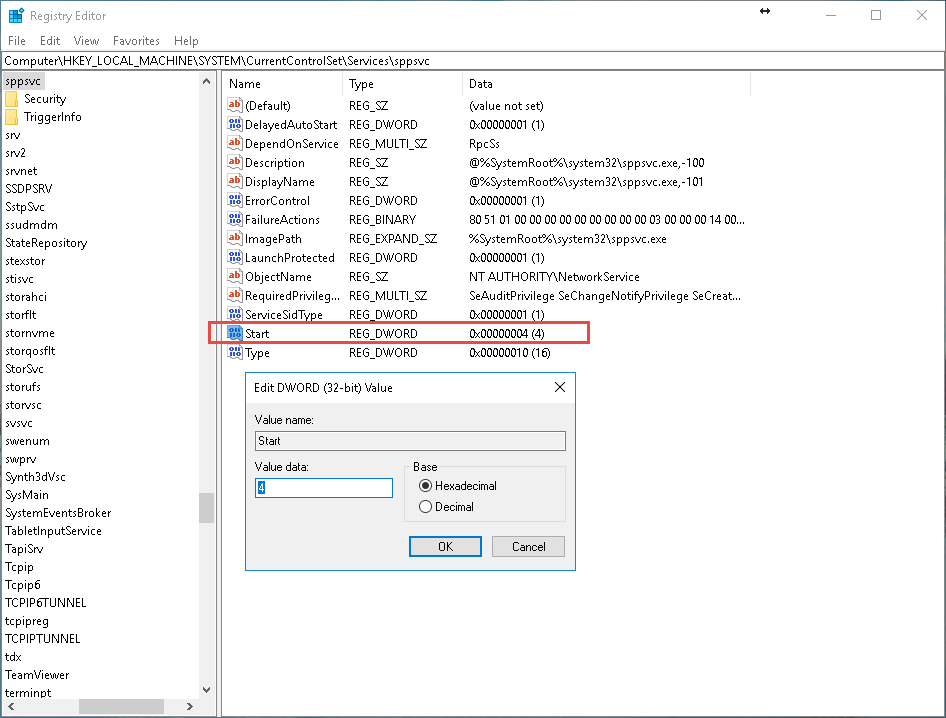
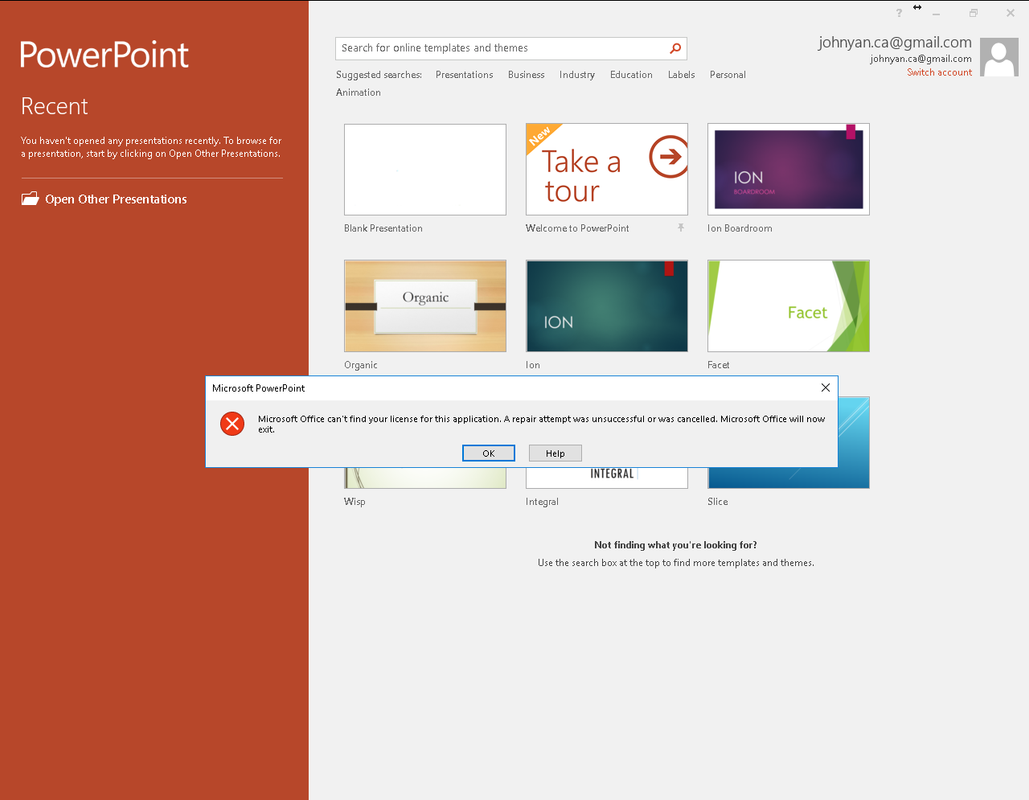
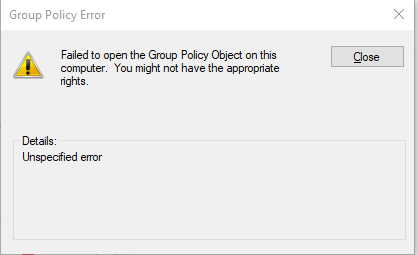
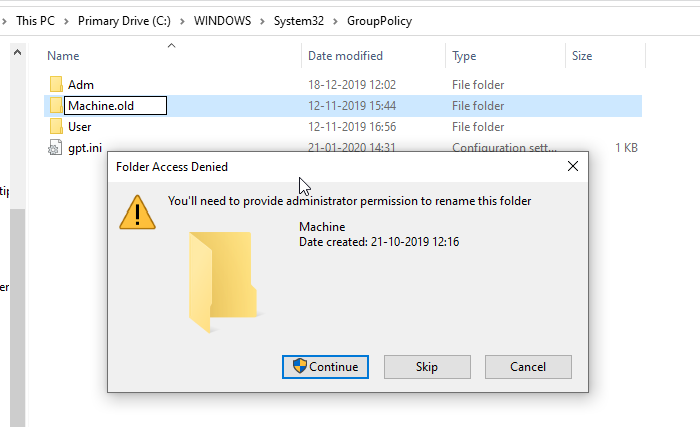


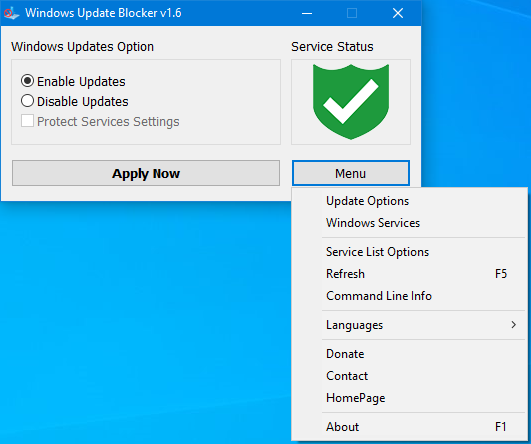
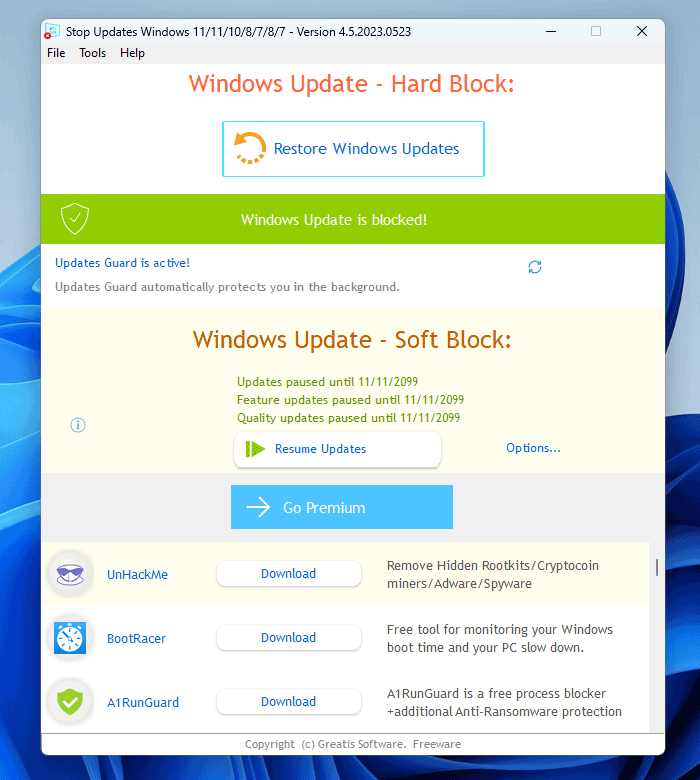

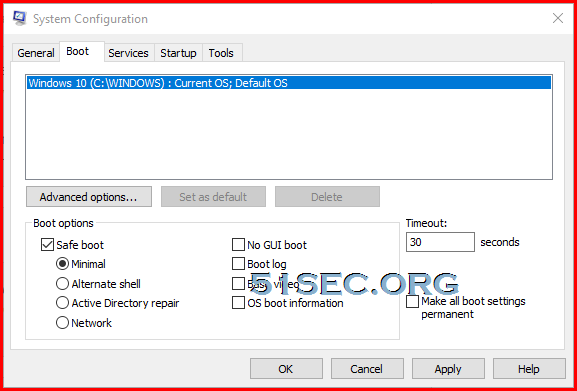
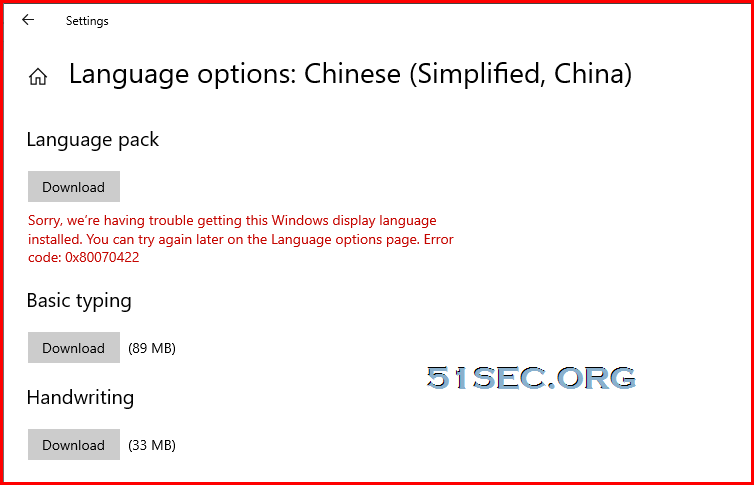







No comments:
Post a Comment